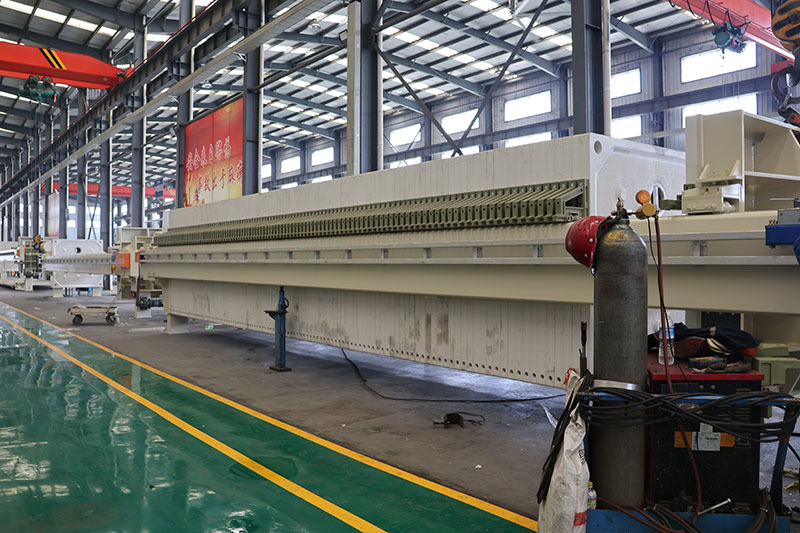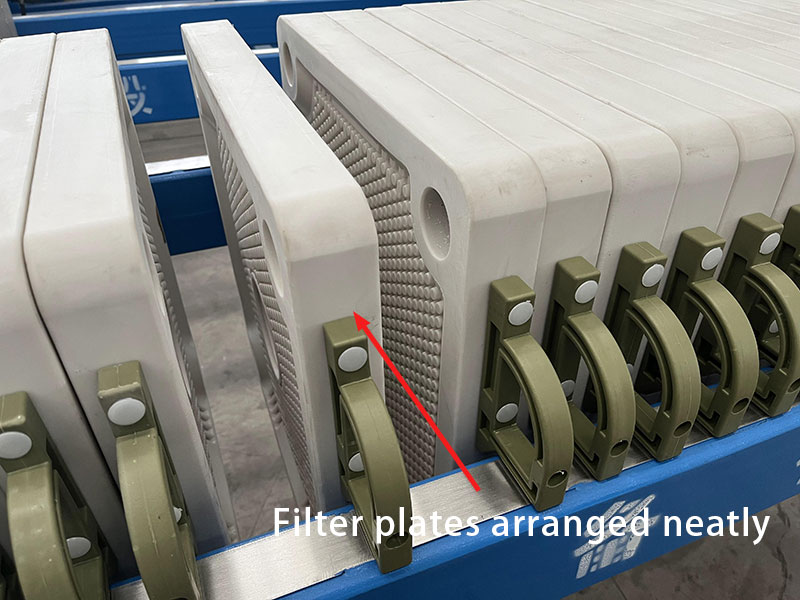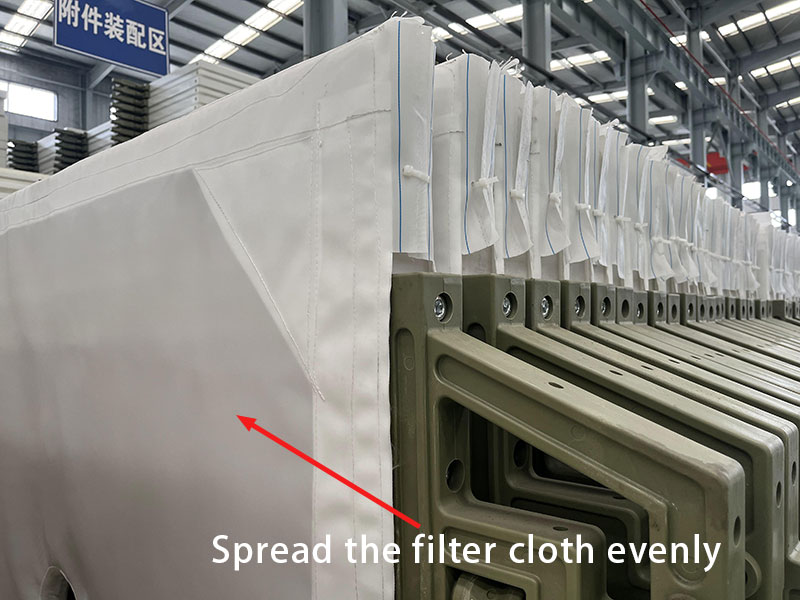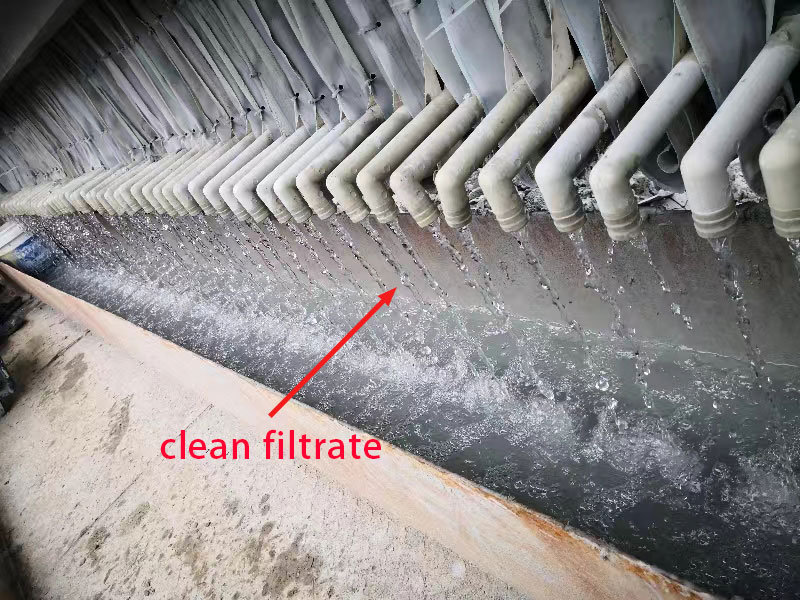Why Does The Filter Press Leak Slurry?
Filtrate leakage often occurs during the production operation of the filter press. This situation usually indicates that there is a problem with the sealing of the equipment during the filtration process. Solving this problem requires careful inspection and maintenance of various factors that may affect the filter press. The following are some methods for troubleshooting and solving slurry leakage problems in filter presses.
The Impact of Slurry Leakage From Filter Press
- Slurry leakage from the filter press will not only affect the normal operation and filtration effect of the equipment but may also cause a series of adverse effects on the production environment, product quality, etc. Here are some of the impacts.
- Reduced production efficiency: Slurry leakage means that part of the filtrate during the filtration process was not collected as expected, which directly affects production efficiency and requires additional time and resources to deal with the leaked filtrate.
- Increased maintenance costs: Frequent grout leaks will result in the need for more frequent maintenance and clean-up work, which not only increases labor costs but may also increase maintenance costs due to frequent replacement of damaged parts.
- Impact on product quality: In some cases, slurry leakage may lead to incomplete filtration, causing the final product to contain more impurities and affecting product quality.
- Environmental pollution: If slurry leakage is not dealt with in time, it may pollute the working environment. Especially for the filtration process of harmful or dangerous substances, leakage slurry may pose a threat to the health of operators and cause pollution to the environment.
Reasons for Pulp Leakage in Filter Press
Filter plate seal failure
Filter plate sealing failure includes sealing failure between the filter plates, between the filter plate and the head plate, and between the moving plates. When the filter cloth forms wrinkles on the sealing surface due to improper installation or oversize, the sealing surface is deformed and uneven, or foreign objects are caught in the sealing surface, the sealing surface of the filter plate of the filter press will fail, and slurry leakage will occur during the feeding process.
The filter cloth is unevenly folded, and the filter plates are irregularly arranged.
Wrinkles and unevenness in the filter cloth can also cause leakage in the filter press. Because the filter cloth is uneven and the filter plate is not squeezed tightly, leakage will occur. Improperly placed filter plates can also cause leaks. Generally speaking, the maximum displacement of the filter plate should not exceed 5 mm; otherwise, leakage will only occur.
Broken Feed Line
The feed hose is designed to be placed on a rolling bracket. The feed hose can easily fall off to the ground during movement, causing wear and slurry leakage. In addition, the feed hose will also wear out and cause slurry leakage after long-term operation.
Insufficient Closing Pressure of Filter Press
The filter press has not been closed in place, and the sealing surface has not formed an effective seal, causing the catalyst slurry to leak. The reasons for the instantaneous pressure increase of the sensor include: false alarm of the sensor and the existence of large resistance during the closing process, which causes the closing pressure to rise suddenly, such as excessive resistance of the filter plate track.
The Clean Water Valve and the Sewage Valve are Closed at the Same Time
During the switching process of the clean water valve and the sewage valve, when both valves are closed, the filtrate will overflow from the liquid tank and flow into the drying system.
Preventive and Improvement Measures
- Inspect and replace filter plates with failed sealing surfaces and improperly sized filter cloths in a timely manner, and clean up foreign matter sandwiched between the sealing surfaces in a timely manner.
- If the filter cloth is folded unevenly, the non-woven fabric must be sewn, and the filter cloth must be smoothed. If the filter plate is improperly placed, the filter plate can be arranged regularly.
- Standardize the operation method of the filter press and only allow the filter press to be manually closed to 180 bar before it can be switched to automatic operation, thus preventing the filter press from leaking slurry due to insufficient closing pressure. Operation posts should strengthen inspections during the feeding stage. After feeding the filter press, check whether there is any leakage between the filter plates and whether the feeding hose is damaged.
- The feed hose bracket increases the limit, reduces wear, and reduces the probability of slurry leakage in the filter press.
- Adding an interlock to stop the filter press when both the clean water valve and sewage valve are closed in the automatic control system can solve the problem of filtrate leakage due to valve or instrument failure.





